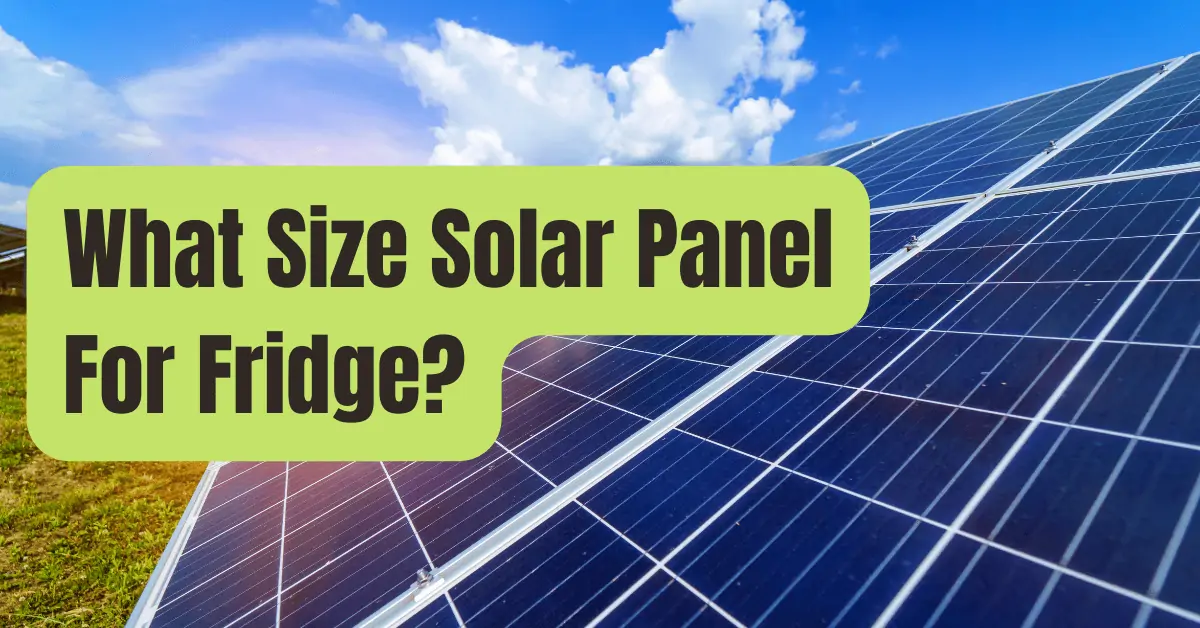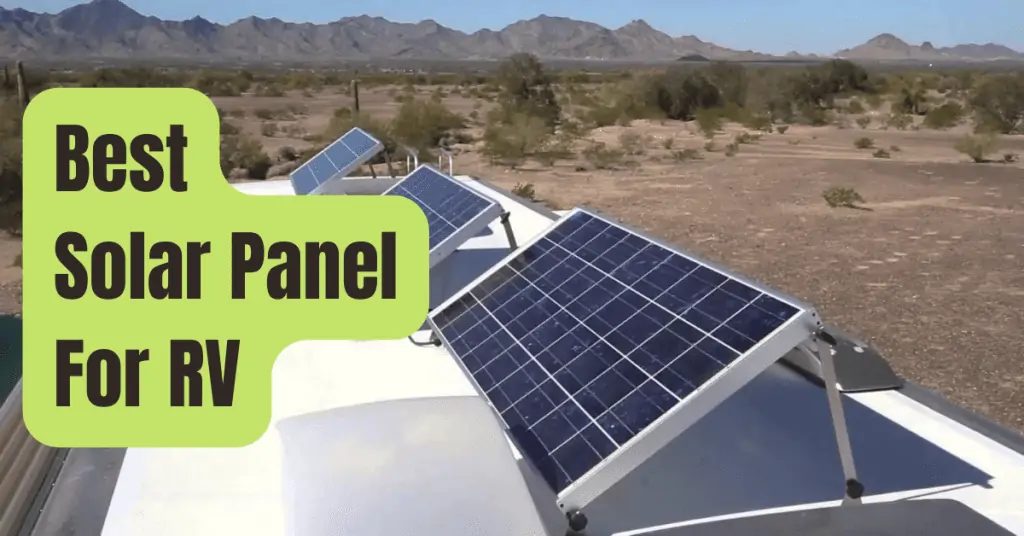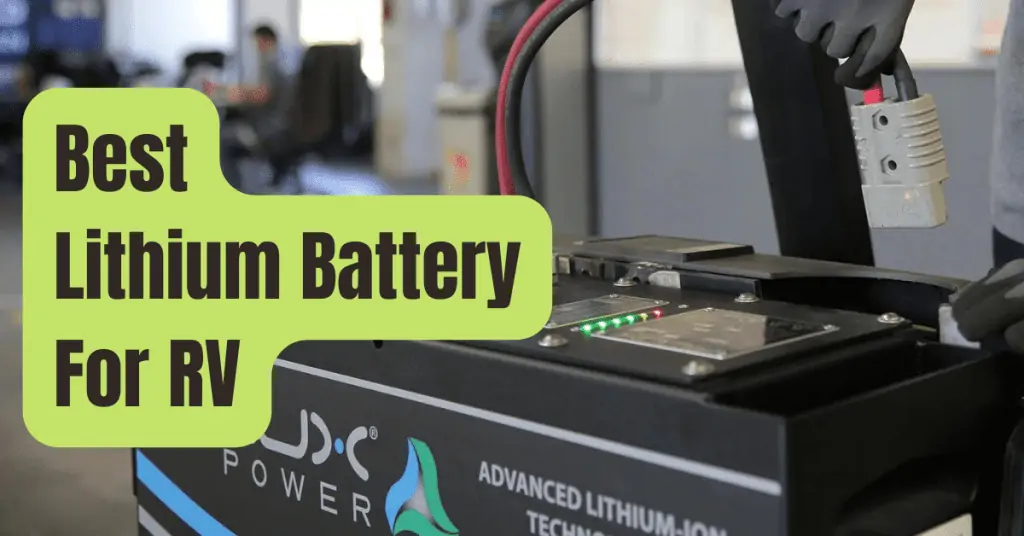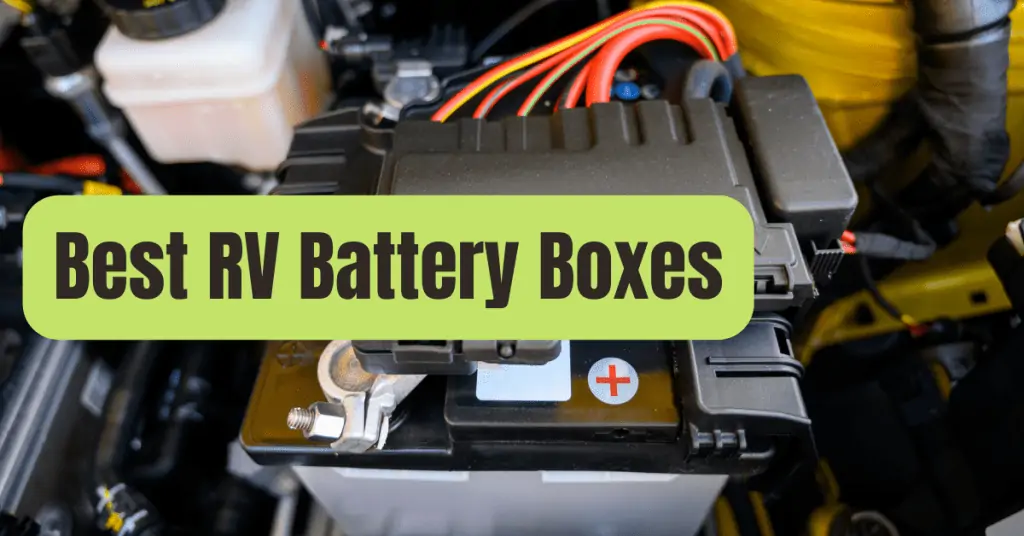How many solar panel watts are needed to power a refrigerator?
The typical household refrigerator consumes 350kWh of electricity annually, thus 300 watts of solar panels would be required to power it.
Additionally, a 100Ah would be required as a reservoir to provide surge current for the compressor motor and to operate the refrigerator during the night when the solar panel is not producing any electricity.
How To Choose The Appropriate Solar Panel Size For A Refrigerator
Domestic refrigerator compressors use energy in cycles as the motor stops and resumes in response to internal temperature changes.
It is recommended to size solar panels based on the average energy consumed over a period of time, however the current demand will sometimes be low and occasionally high.
For this reason, I advise using a deep-cycle battery and an inverter to support solar panels that are the proper size.
To deliver high compressor starting currents, the battery serves as a power reserve.
How Many Watts Does A Refrigerator Typically Consume?
How Much Energy Does A Refrigerator Use?
Any refrigerator’s instantaneous power consumption is deceptive since the compressor motor only operates for roughly half the time.
Modern compressors operate longer but are also significantly more energy-efficient and use less electricity overall.
In this article, I tested the current draw of a new and an old refrigerator.
A ten-year-old refrigerator used twice as much electricity as a brand-new one, I discovered.
This is significant since it increases the amount of battery backup and solar power required to operate an aging refrigerator.
Compressor motors need a battery because they switch on and off and use three times as much power when they first start.
Sometimes it won’t run at all and will draw no current.
When a compressor cycles, the battery serves as a reservoir to provide peak power.
It is difficult to determine how much electricity a fridge uses at any one moment due to this stopping and resuming.
Utilizing the manufacturer’s estimate on the appliance label is the most accurate technique to determine energy use.
Most refrigerators consume 200 to 900kWh annually.
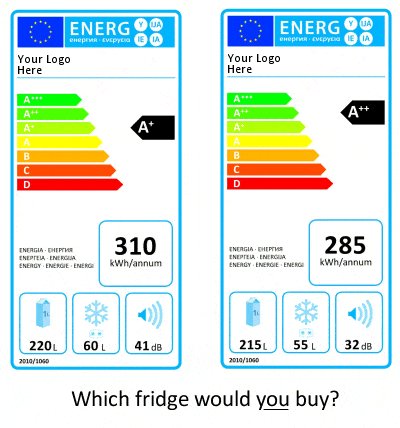
On the appliance label, manufacturers of refrigerators provide yearly energy usage in kWh.
For this article, I’m using a fridge with an average annual energy use of 350kWh.
How Much Energy Are Produced By Solar Panels?
Irradiance, or peak sun hours, determines how much energy solar panels can produce in any given area.
Four peak sun hours per day is a decent average number that is often utilized by experts in solar panel installation.
A 100 watt solar panel will produce 146 kWh per year (100 watts × 4 peak sun hours x 365 days).
The energy produced by solar power systems in different areas is shown in the table below:
Table: Location-Based 100-Watt Solar Panel Power Output
| City | New York, NY | Birmingham, UK | Lisbon, PT | Brisbane, AU | Nairobi, KN |
| Irradiance (peak-sun-hours/day) | 4.086 | 2.165 | 5.163 | 5.275 | 3.955 |
| 100W solar panel output per year (kWh) | 149.1kWh | 79kWh | 188.5kWh | 192.5kWh | 145.8kWh |
How Big of a Solar Panel Do You Need For a Fridge?
If a typical refrigerator uses 350 kWh of electricity annually, we will need:
350kWh / 146kWh = 2.4 solar panels with a 100 watt capacity each.
I would use three 100 watt solar panels with a 500 watt inverter and a 100 Ah deep-cycle battery since the converter would lose some power and it is always wise to assess the potential of solar energy sources.
What Size Solar Panel Should I Use For My Rv Battery?
The typical RV battery has a capacity of 200Ah at 12 volts, or 2400 watt hours (Wh).
These types of leisure batteries are often lead-acid deep-cycle batteries, which implies that they may be depleted up to 80% without suffering harm.
To sustain a long life, deep-cycle lead acid batteries are typically discharged to roughly 50%.
In both cases, that practically implies that you only have 50 or 80 percent of your 200Ah for regular usage.
In contrast, a lithium iron phosphate battery may be discharged up to 95 percent, thus if you purchased a 200Ah unit, you would have 190Ah of capacity.
Let’s continue using lead-acid batteries, and I’ll figure out what size solar panels would be ideal to maintain the battery’s charge.
Utilizing a 200Ah (2400Wh) battery at an 80 percent discharge rate necessitates severely limiting daily power use to 80Ah (960Wh).
For An RV, How Many Solar Panels Are Needed?
A 100 watt solar panel will produce 400 watt-hours per day, or 0.4 kWh per day, at a region with an average irradiance of four peak sun hours.
For this RV, there are 100 panels, therefore 960/400 = 2.4, or 3 panels.
So, although 300 watts seems to be the solution, is it really?
In reality, you’d need twice as many panels since the RV would still use some electricity, which has to be provided concurrently.
Most RVs lack the space for 600 watts of solar power!
The only other options are to lengthen the amount of time spent boondocking or further cut usage.
How Big Should A Solar Panel Be For An Electric Fence?
A trickle charger powered by a 40 watt solar panel could charge a conventional 36Ah electric fence battery.
At 80 percent discharge, 36Ah is equal to 432 watt-hours (Wh), and a 40 watt solar panel could fully recharge the battery in little over two days.
The most popular form of electric fence battery is a lead-acid deep-cycle recreational battery with a capacity of roughly 36Ah at 12 volts.
Without topping off, an electric fence of a lesser size may be powered for three to four weeks at 80% discharge before needing to be recharged.
Owners of cattle would often have two batteries and swap them out when one needed recharging.
It goes without saying that this takes time, time that a solar charger might save.
A simple solar trickle-type charger with over-current protection would work for a fence setup since there are no surge current requirements for it.
It would be enough if the solar panel was 40 watts.
FAQs
Can a refrigerator be powered by a 100 watt solar panel?
A 100 watt solar panel would only have a short time to power a refrigerator; batteries would be required for energy storage.
Based on an assumed irradiance of four peak sun hours, a 100 watt solar panel generates around 400
watt-hours of electricity per day.
Location affects irradiance.
What size battery is needed to power a refrigerator?
A typical refrigerator requires 40 watts of electricity per hour to operate, which translates to 960 watt-hours of battery capacity over a 24-hour period.
960 watt-hours equate to 80 amp-hours of battery capacity, hence a 160 amp-hour deep-cycle lead-acid battery with a 50% DoD would be required.

